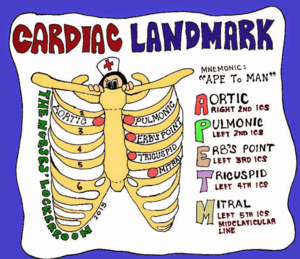14121197
HPA - Hypertension
Zusammenfassung der Ressource
| Frage | Antworten |
| What is hypertension? | long-term medical condition in which the blood pressure in the arteries is persistently elevated. |
| Prevalence | 2011/12, 3.13 million adult Australians (32%) aged 18 years+ had high blood pressure or taking medication for their blood pressure |
| Risk factors | Obesity, stress, high sodium intake, race and ethnicity, smoking, heavy alcohol consumption |
| Primary hypertension | 90–95% of cases are primary, defined as high blood pressure due to nonspecific lifestyle and genetic factors.[5][6] Lifestyle factors that increase the risk include excess salt in the diet, excess body weight, smoking, and alcohol use. |
| Secondary hypertension | The remaining 5–10% of cases are categorized as secondary high blood pressure, defined as high blood pressure due to an identifiable cause, such as chronic kidney disease |
| Pathophysiology | Primary hypertension is thought to develop from complex interactions among factors that regulate cardiac output and systemic vascular resistance. |
| Symptoms | Early stages are asymptomatic with only hypertension as a symptom Eventual (after years of chronic HTN) symptoms are due to specific organ damage and may include nocturia, confusion, nausea and vomiting, and visual disturbance |
| Relevant medications | - Betablockers (metoprolol) - Diuretics (e.g hydrochlothiazide, furosemide) - Calcium channel blockers - ACE inhibitors (Enalapril) |
| Examinations | ECG, urinalysis, BGL, haematocrit, serum potassium,creatinine and calcium, cholesterol and lipoprotein profile, kidney functioning |
Möchten Sie mit GoConqr kostenlos Ihre eigenen Karteikarten erstellen? Mehr erfahren.

